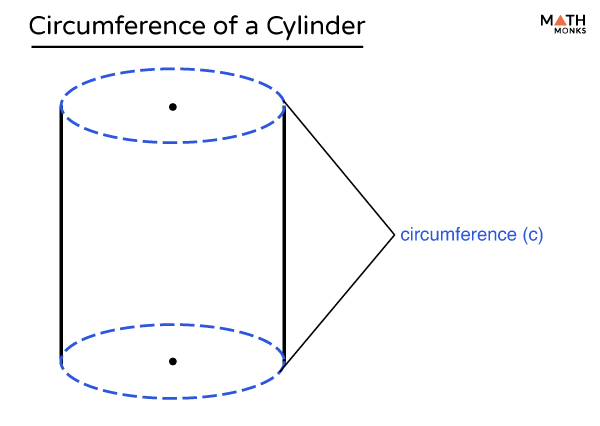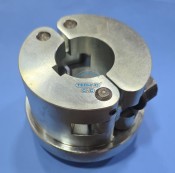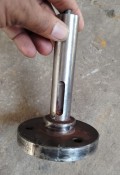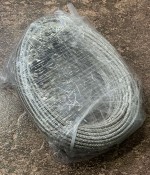Product Specification
| ITEM NAME | Circumference of Cylinder - Definition, Formula, & Examples |
|---|
Product Description
To calculate the circumference of a cylinder, you only need to know the radius or diameter of its circular base. The formula for the circumference of a circle (which is the same as the circumference of the cylinder's base) is C = 2πr or C = πd, where 'r' is the radius and 'd' is the diameter.
Explanation:
-
- Circumference: The distance around the outside of a circle.
- Radius: The distance from the center of the circle to any point on the edge.
- Diameter: The distance across the circle passing through the center. The diameter is twice the radius (d = 2r).
- π (pi): A mathematical constant approximately equal to 3.14159.
-
- C = 2πr: (This formula uses the radius)
- C = πd: (This formula uses the diameter)
-
- If you know the radius (r): Simply multiply the radius by 2 and then by pi (π).
- If you know the diameter (d): Multiply the diameter by pi (π).
Example:
If a cylinder has a base with a radius of 5 cm: Circumference (C) = 2 * π * 5 cm, C ≈ 2 * 3.14159 * 5 cm, and C ≈ 31.416 cm.
If a cylinder has a base with a diameter of 200 mm: Circumference (C) = π * 200 mm, C ≈ 3.14159 * 200 mm, and C ≈ 628.318 mm.
Additional Information


 +91-97277 26697
+91-97277 26697







